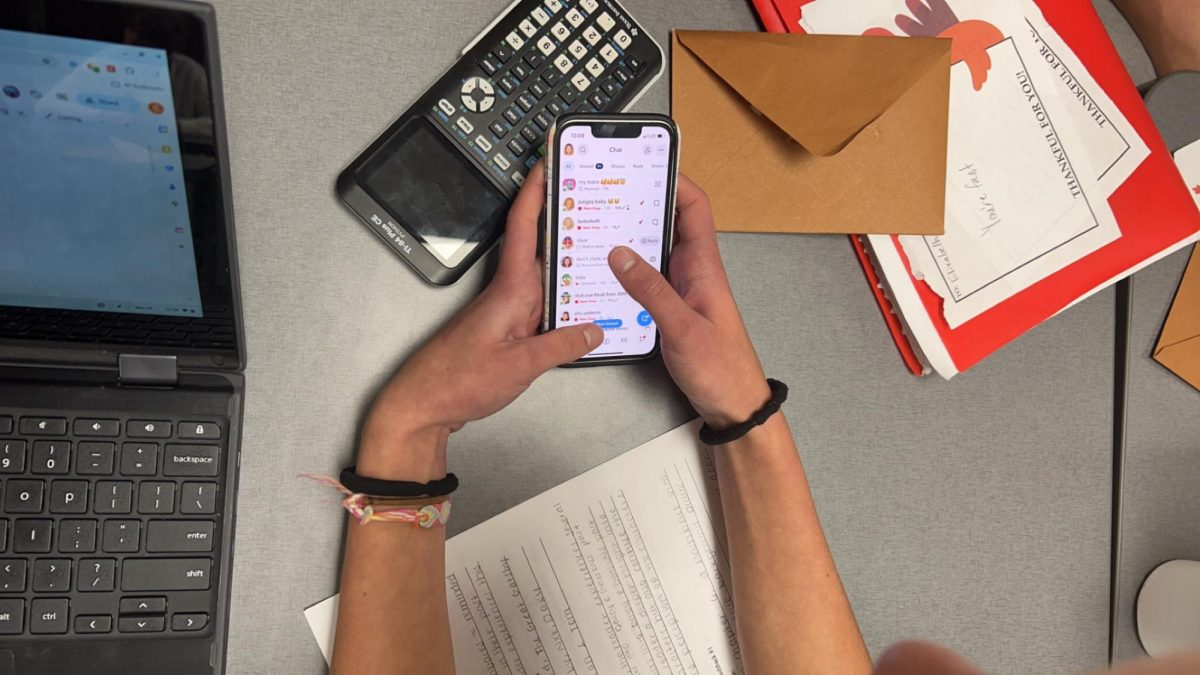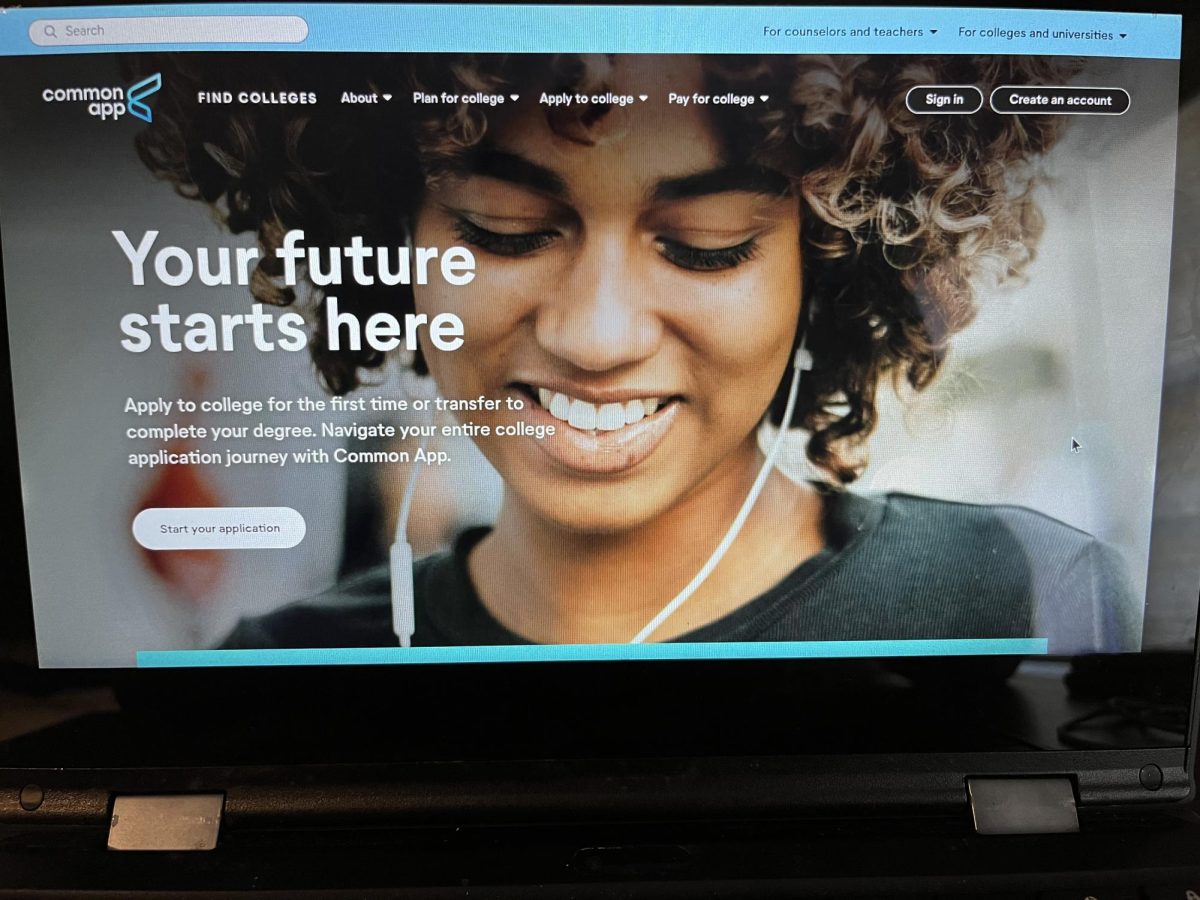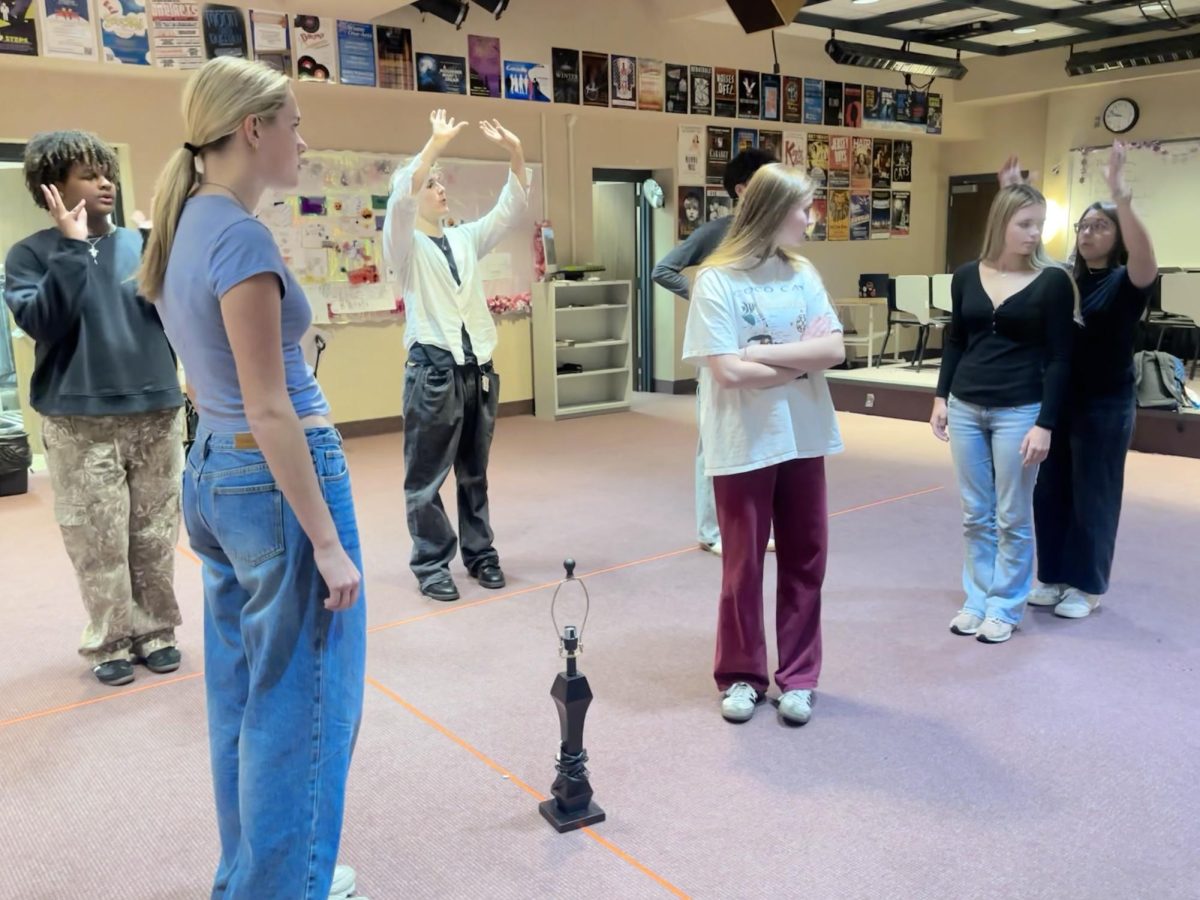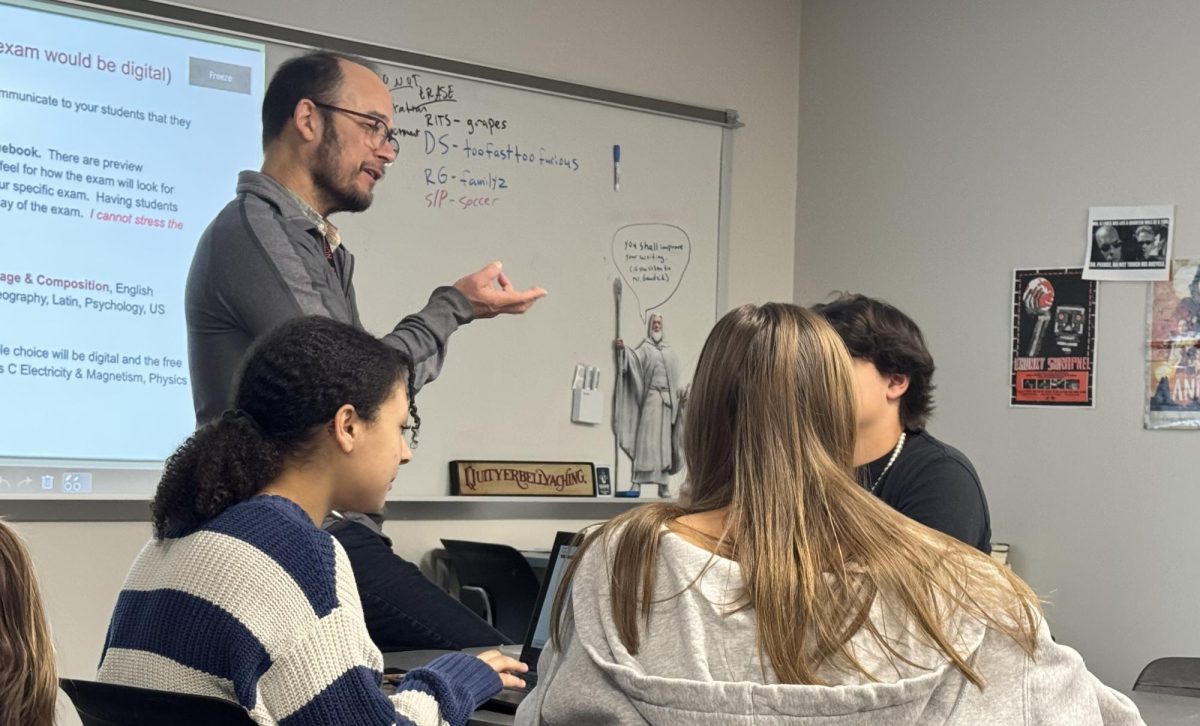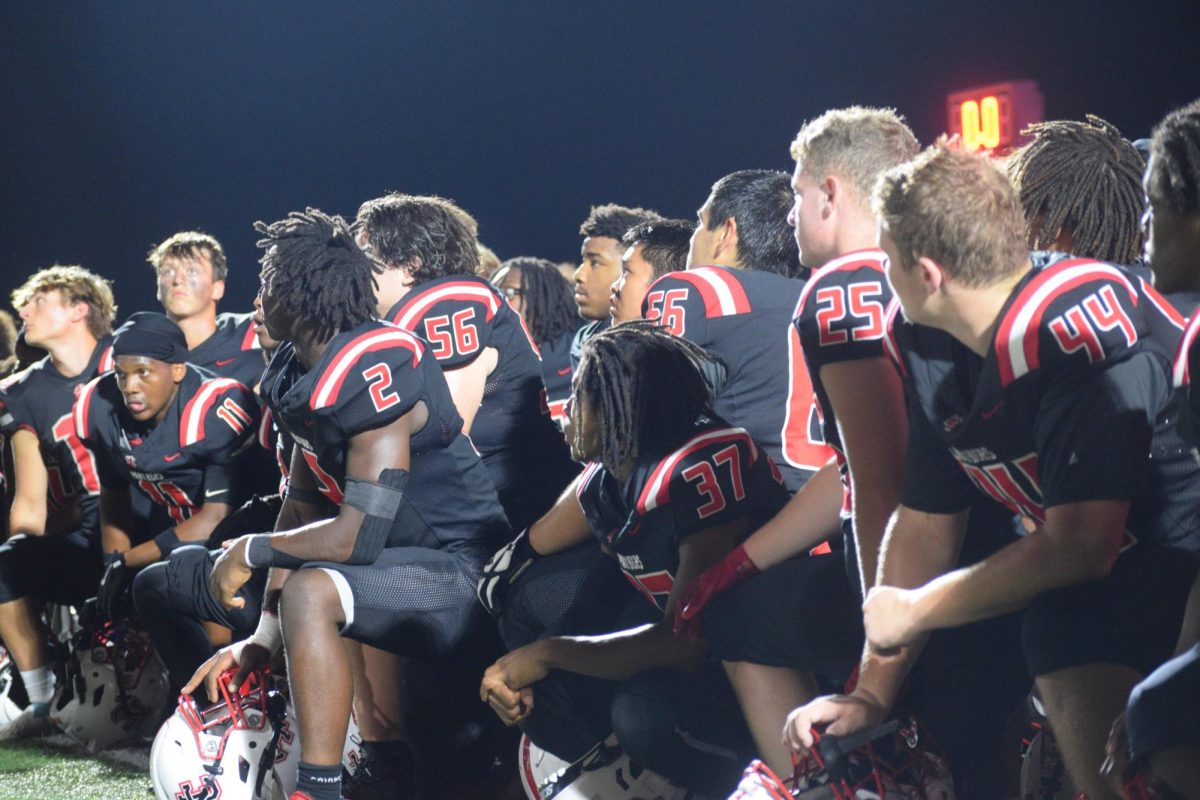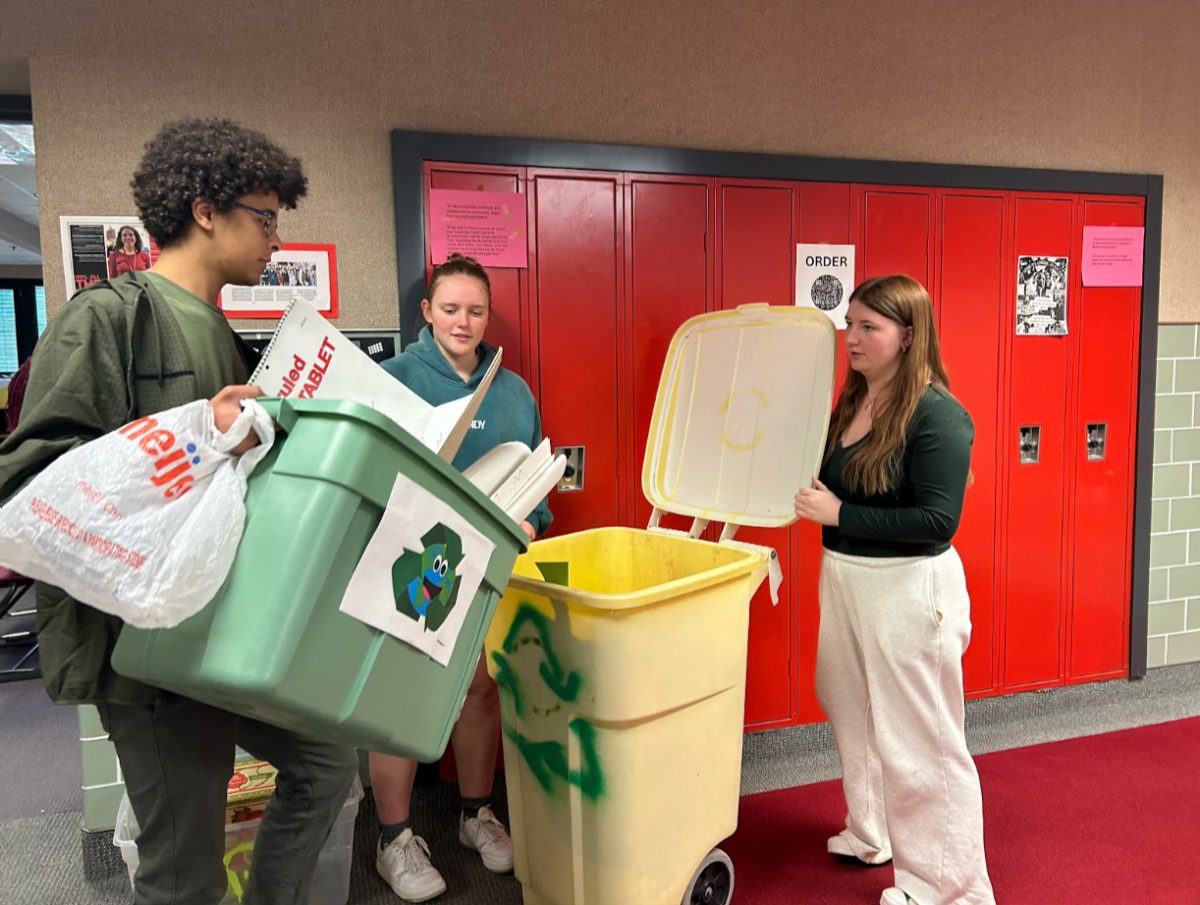In recent years, cell phones have taken over the realm of communication for students. New communication apps and forms have been developed geared towards younger audiences. Not only do people call less, but even texting has decreased among teens.
Specifically, “Snapchat,” a social media app, dominates communication. It allows teens to send pictures, videos, and chats with ease. It has become a prominent way for students to communicate, overtaking a simple text message or email.
“I use ‘Snapchat’ a lot more to text my friends,” junior Brielle Parrish said.
Since most people use it to communicate, it forces others to get it to stay informed.
“My friends use it more, so I use it more,” sophomore Issac Waddle said.
The idea that snaps delete after they are sent and chats delete after 24 hours worries parents, specifically about cyberbullying. Even some parents are downloading the app to stay involved with their children, proving its rapid growth.
“My parents have Snapchat, but I blocked them. I think they have it to connect with me,” sophomore Samson Cunningham said.
Additionally, instead of calling on the phone, Facetime has become vital to student communication. It allows people to quickly reach people and communicate face to face.
“I like Facetime more because I can see people when I talk to them,” Waddle said.
The previously standard idea of “calling someone on the phone” is now reserved for quick conversations or interacting with adults and family members.
“I only call if I am talking to my family,” Parrish said.
Even more so, previously popular forms of communication, like email, have yet to be included. If email is used, its meaning has changed.
Specifically, students almost exclusively use those forms of communication for professional purposes, like emailing teachers, contacting employers and communicating with colleges. Email has become overlooked and aged.
“If I use my email, it’s usually only to check something from my bank, like a bank statement,” junior Hazel Smith said.
Some students even only use email to log into other apps.
“I only use email to get verification codes to sign into stuff,” said Waddle
Overall, the world of communication is ever-changing as new devices, apps, and people evolve. Things will continue to change, and new forms of communication will arise in future generations.

